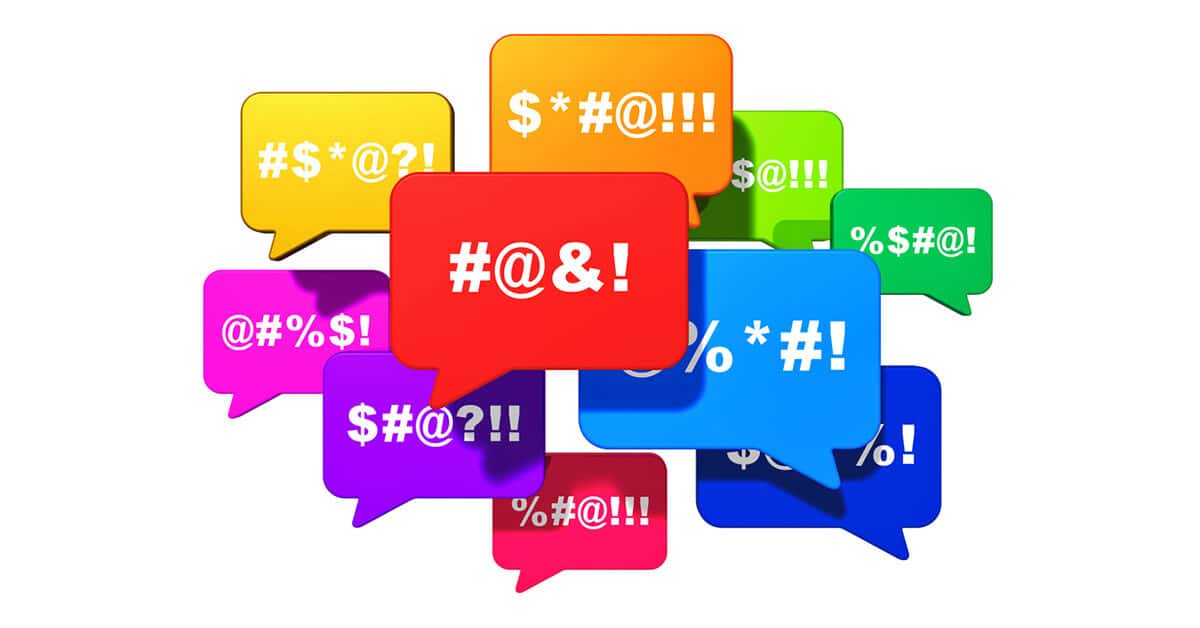Buying decisions, even in the most antiseptic of business transactions, are still handled by humans. Therefore, the negotiations around buying & selling anything have a significant emotional component. As marketers, our goal is to identify and understand the underlying motive in our buyer’s mind, and then intelligently connect our wares to that motive. Creating a value proposition without a firm grasp of the buyer objectives of your intended market is like trying to hit a bullseye on a dartboard while blindfolded. If you don’t know why a buyer is looking to buy, how will you know what aspects of your product or service to feature? The default is to include everything – which is always too much. The real goal is to net out your message to only what matters to them, and then articulate it simply and clearly – a tall order!
Your first goal is to identify the buyer’s objectives, and then to be able to articulate it in the buyer’s “language.” Oftentimes, the weakness of the buyer’s objective is that even if it is properly identified, it’s still presented in marketing-speak, not in the kind of language that real buyers might use. Rarely are their objectives summed up with a neat, tightly-written sentence, lumping multiple disparate issues together. Each one of those issues may impact a different aspect of the business – very different buyers make those statements.
For instance, the CEO and CFO talk about stakeholder expectations. IT probably manages the compliance frameworks. Market volatility concerns senior management as well as Marketing, Product Development, Business Development, and Human Resources. I could go on, but the point is “enterprises” are not buyers. Who buys products like enterprise software? Executives of business units, IT, and finance, as well as consultants and other internal advisors. They are sophisticated buyers with a highly-developed sense of what is relevant to their specific business needs in any value proposition that is presented to them.
As you work on your own value proposition, make it a priority to find the buyer’s language. Remember this rule: simplicity is your friend. And its corollary: complexity is your enemy. If your audience needs to “figure out” your value proposition, they won’t – and you’ve lost them.
Start the Value Conversation with Your Buyer
So how, exactly, do we create an accurate buyer’s objective statement? Glad you asked! Here are three seemingly simple tasks, which in reality will require a great deal of discussion and revision.
- Draft a 1 – 3 sentence statement that states the buyer’s need, challenge, situation or problem.
- Use language that they would use to describe themselves (embed the keywords you have identified through your buyer research).
- Word the objective in a way that you can later apply your own offer to it in specific terms (business needs).
IMPORTANT: You will go through multiple drafts of this. That’s exactly how to do it! It’s a process.
You want to be extremely comfortable with the buyer statement BEFORE you start the next section of your value proposition, which is your company’s offer. Do not move ahead, even if you think you can do this all at once. Trust me, you can’t. If you skip over this first section or rush through it quickly without much thought, your value proposition is going to end up being the same weak dog & pony show, more focused on promoting your company than on resolving your buyer’s pain. Unfortunately, this is exactly what the buyer hears all the time from every vendor. Your goal now is to do something different and talk about things from the buyer side. Why? Relevancy and differentiation! It really is a breath of fresh air for buyers.
As you build the Buyer Objective Statement, it is crucial that you do not allow your company offering to creep into it. Don’t worry, that part comes next! When you are done, you’ll have a grouping of three sets of statements: Buyer Objective, Company Offer, and Differentiator. Ultimately, you will boil them down into a single tight statement, but for now, let’s nail this Buyer Objective Statement part.
Help Your Buyers Look in the Mirror
Consider a couple of examples of Buyer Objective Statements, to get an idea of the direction they take. Notice that they do NOT include anything about their products or services. As you read the following samples, notice the issues that are presented. See if you can tell WHO the buyers are as described in this statement. Buyers should be able to see themselves in this type of statement – and calling out the buyers in the actual statement makes this easier and more direct.
Example 1:
Employers, insurers and claims paying organizations are rightly concerned with the increased costs of their workers’ compensation, group health, and auto liability programs – but their cost control efforts may not generate the desired goal. Payer issues include increased claims volumes, medical cost containment, and medical abuse and overuse. Meanwhile employers are dealing with rapidly escalating total costs and rising claims severity.
Example 2:
IT organizations across every industry who are trying to lower the cost and risk of managing their critical applications should ask themselves the following questions:
- What is the cost of having your application down for an extra hour as you try to deploy a new version?
- How much time have you spent trying to troubleshoot a problem where you were working in the dark for a lack of data?
- Does your current solution scale across all your systems and meet your growth goals?
As you can see in both samples, the buyer is called out by name, and the issues are clear, simple and direct. You do not need a translator to figure out what the business needs are – even if you’re not a member of either industry. Clarity is imperative!
Avoid Top Message Weaknesses
In my experience, the top weaknesses associated with the Buyer Objective Statement include:
- Not being relevant to the buyers’ needs – the square peg just does not fit tightly in a round hole, regardless of how smoothly it is presented.
- Generic statements – “one size fits all” really does not impress anyone. You get no traction from touting basic functionalities that are considered baseline.
- Buyer concerns are unclear or hard to find – clarity is paramount here. You are not trying to trick the buyer into buying from you!
A crucial first step in crafting a Buyer Objective Statement is identifying key words that buyers use to describe their situations, goals, needs, and business pain. When a buyer speaks, we need to just listen for a while. And not just to their overall message, but specifically to the language they use to deliver that message, whether they are referring to their industry, their company, their problems, their successes, whatever. As in any cultural meeting, it is vital that the parties involved are speaking the same language. Research the buyer’s company web site, and their marketing collateral. Learn to speak like the buyer speaks.
The other side of this coin is to beware of industry jargon, and your own internal company-speak. Relying on industry jargon immediately tells the buyer that his/her issue is being lumped in with every other organization in that industry. But we know that every buyer believes his/her problem is unique! So, you lose points the minute you start using common jargon to discuss their business. You lose even more points if you veer off into your own organization’s language because chances are your buyer does not use the tidy little terms your organization has come up with to describe business issues. It is not incumbent upon the buyer to learn new terms. Make sure that you do the research and use buyer language to ensure relevance.
Remember: One-Size-Fits-All Fits No One
As mentioned above, the buying team is a multi-headed beast. And each of those heads need to be fed. As such, you will need different Buyer Objective Statements for different buying groups or audiences, or for major differences among products and services. This is crucial, but not as daunting as it may seem. Oftentimes, it’s simply a matter a tweaking the focus on certain aspects of the overall value proposition you’ve created. For example, a CFO may not expect every business proposal to be primarily about the financial terms, but he/she does find it refreshing when those concerns are given proper attention as part of any offer. Likewise, with the IT group, or any other stakeholder in the buying decision. Make sure each interest is acknowledged!
The creation of a Buyer Objective Statement is not a simple or easy thing, but going through the process of creating it brings your entire value proposition into focus. Your products and services are no longer simply existing in space, waiting for a buyer. They are now a solution, there to solve specific problems. This turns a sales pitch into a collaboration!




